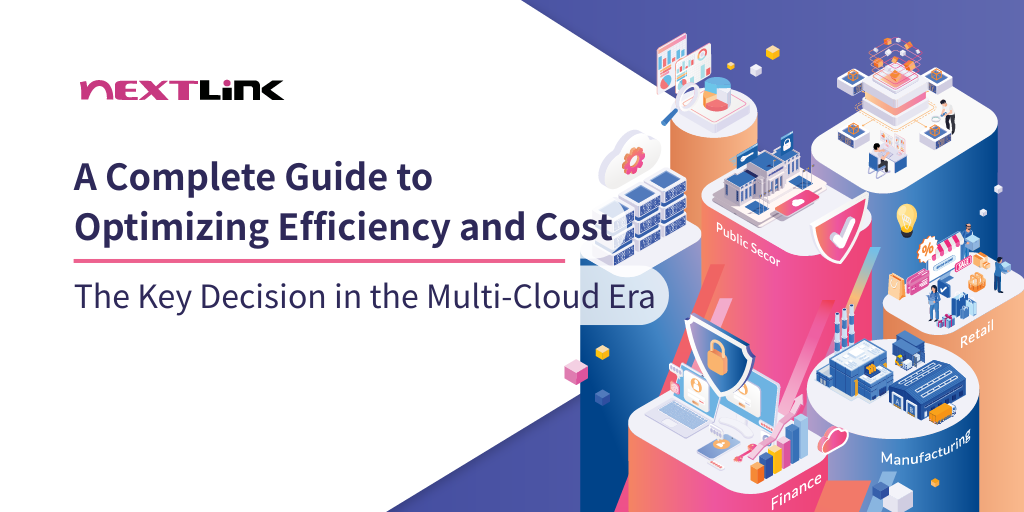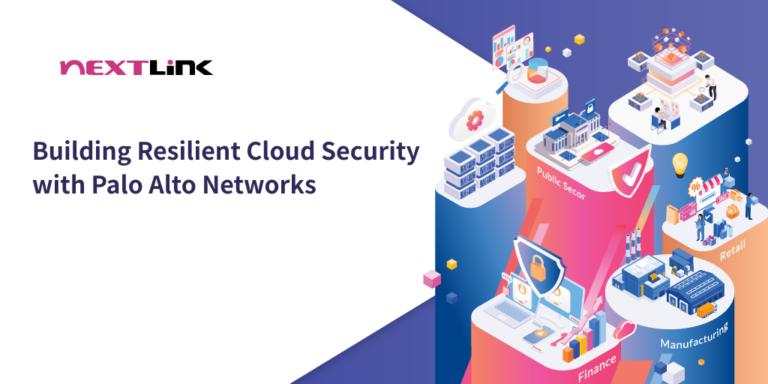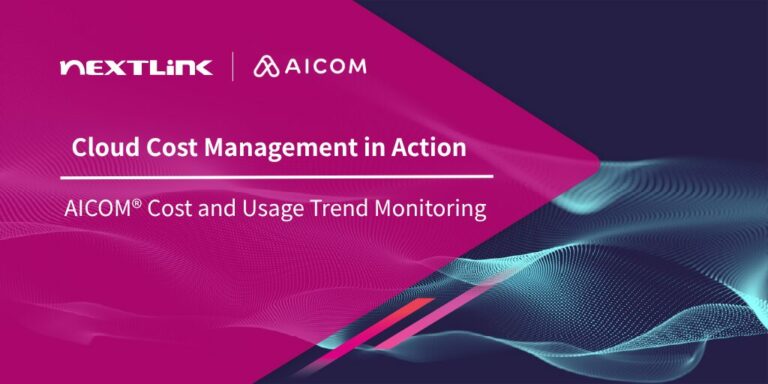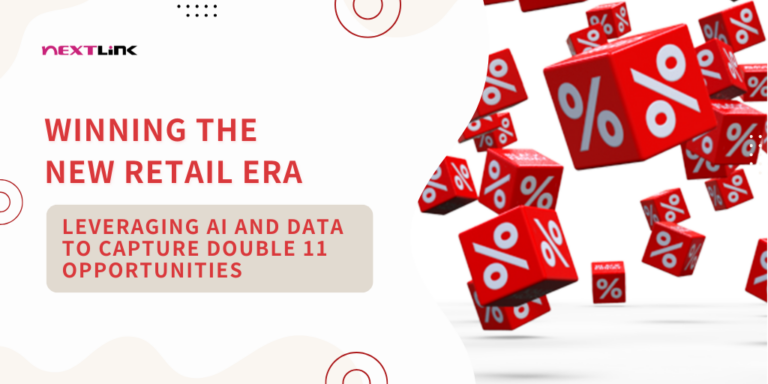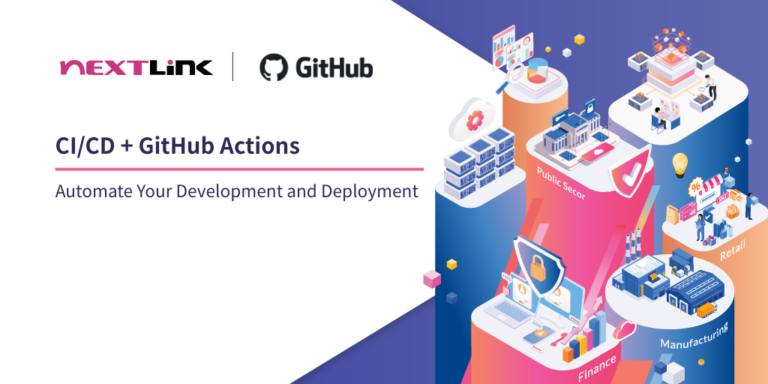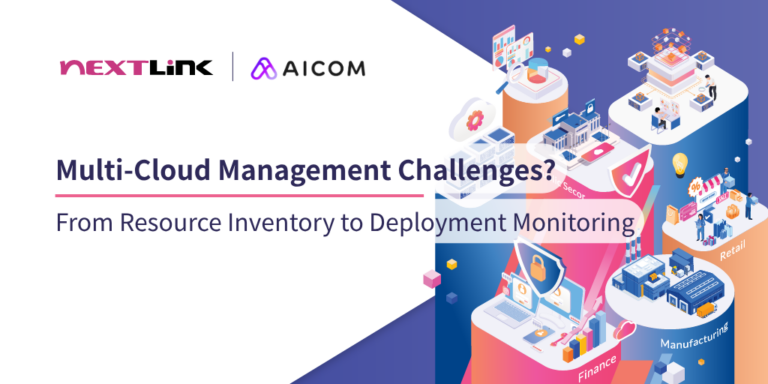As enterprises accelerate digital transformation, multi-cloud and hybrid cloud architectures have become the new normal. However, the rapid expansion of cloud resources has brought unprecedented challenges—how can organizations ensure system performance stability while effectively controlling rising cloud costs?
According to the Flexera 2025 State of the Cloud Report, 25% of enterprises have significantly exceeded their annual cloud budgets, while 54% admit that the lack of visibility into cloud resource usage and efficiency is the main cause of wasted spending. This highlights a growing concern: as organizations embrace the cloud, performance bottlenecks and cost overruns are becoming hidden threats.
Traditional cloud monitoring tools typically focus on either performance or infrastructure. Yet, in the face of growing complexity across multi-cloud environments, a single-dimensional monitoring approach can no longer meet business needs. The emerging integration of DevOps (Development & Operations) and FinOps (Cloud Financial Management) has become a critical strategy for achieving holistic optimization—enabling both operational efficiency and cost governance.
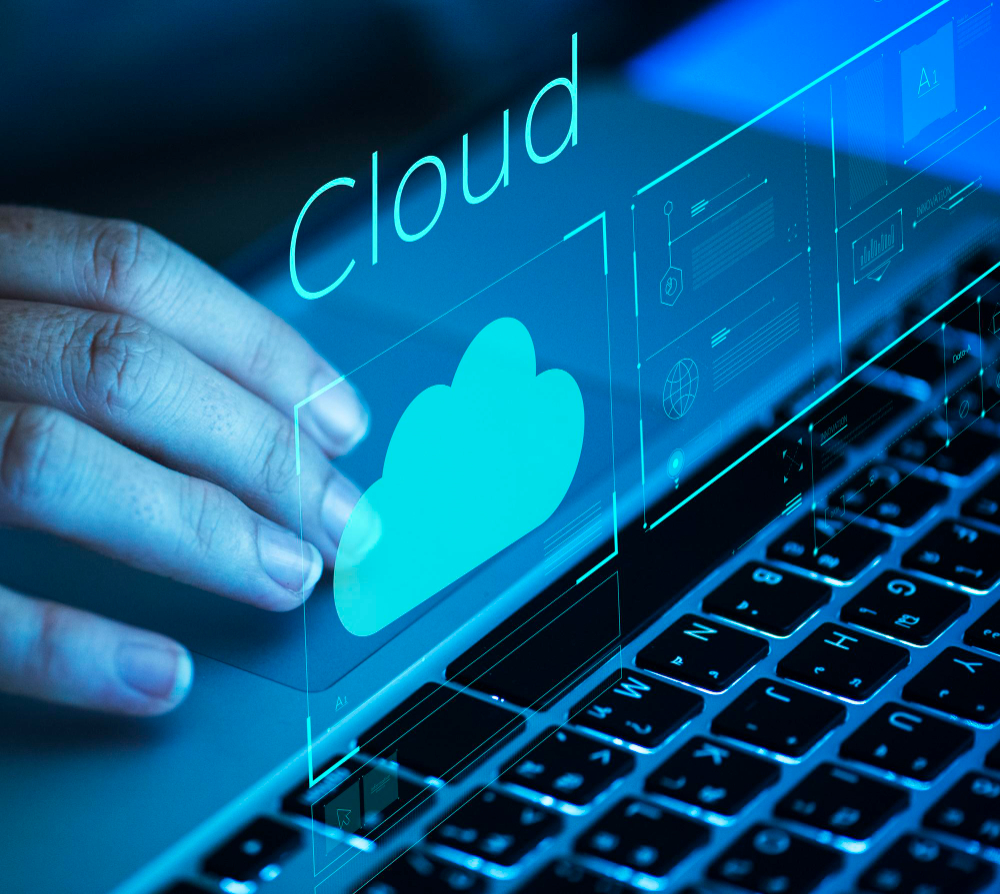
Table of Contents
Table of Contents
What Is Cloud Monitoring?
If your understanding of cloud monitoring is still limited to tracking CPU utilization, it’s time for an update.
Traditional cloud monitoring mainly focused on infrastructure and application metrics such as CPU usage, network traffic, or latency. But as enterprises shift toward complex multi-cloud environments, this one-sided approach no longer suffices.
Cloud monitoring today goes beyond collecting performance indicators. It’s an intelligent framework that integrates performance, cost, and governance.
When resources are misallocated or left idle, waste inevitably rises. Coupled with poor collaboration between development, operations, and finance teams, inefficiency compounds. Comprehensive cloud monitoring provides real-time visibility, enabling organizations to tackle both performance bottlenecks and runaway costs simultaneously.
The Dual-Engine Strategy: How DevOps and FinOps Work Together for High Efficiency and Cost Optimization
To optimize both performance and cost, enterprises must deeply integrate DevOps and FinOps. This is not just a toolset combination—it’s a fundamental shift in process design and the key to achieving effective multi-cloud management.
1. Why Modern Operations Require Observability: Ending Manual Monitoring with DevOps
The essence of DevOps lies in rapid iteration and continuous delivery.
- Build comprehensive observability: Beyond logs, metrics, and traces, consolidate and standardize data across multiple cloud platforms.
- Automate monitoring and alerts: Integrate monitoring into the CI/CD (Continuous Integration and Continuous Delivery) process, ensuring every deployment is tracked in real time.
- Integrate security monitoring: Combine cybersecurity and DevOps workflows. By embedding checks at the IaC (Infrastructure as Code) stage, teams can continuously monitor threats, quickly identify anomalies, and alert developers for prompt resolution.
2. How FinOps Enables Precise Budgeting and Maximum Resource Utilization
The core of FinOps is accelerating delivery while avoiding waste.
- Establish cost allocation mechanisms: Use tagging strategies to label every resource for precise usage and ownership tracking.
- Implement real-time budget control: Utilize cloud-native or third-party FinOps tools to generate detailed cost reports, monitor budgets, and set up anomaly alerts.
- Optimize resource usage: Regularly analyze resource consumption to identify idle or over-provisioned assets and reallocate intelligently.
3. Empowering Cloud Monitoring with AI:From Reactive to Proactive Intelligence
By incorporating Artificial Intelligence (AI) and Machine Learning (ML) technologies, cloud monitoring can evolve from passive response to proactive prediction and prevention.
- Anomaly Detection and Proactive Alerts:ML models can analyze historical data to automatically identify abnormal patterns in performance or cost. Potential issues can be detected and flagged before they escalate, enabling teams to respond quickly and minimize impact.
- Intelligent Resource Forecasting and Allocation:By analyzing business peaks and troughs, AI can predict future resource demands and automatically adjust cloud resource allocation to prevent over-provisioning and idle waste.
- Decision Support and Optimization Recommendations:Based on long-term usage data, AI models can provide actionable insights—such as recommending VM size adjustments, optimizing storage strategies, or suggesting the adoption of Reserved Instances—to help enterprises achieve both performance and cost efficiency.

Nextlink Drives Cloud Monitoring with AI, Evolving Performance, Cost, and Multi-Cloud Management
Unlike solutions that only provide monitoring tools, Nextlink offers an integrated solution covering architecture, process, and management. Based on an enterprise’s business needs and technical architecture, we tailor the most suitable DevOps and FinOps implementation paths. This helps businesses balance system performance and cloud costs, striking an optimal balance between agile innovation and financial efficiency. With AI empowerment, we elevate intelligent monitoring and decision-making efficiency to a new level.
Gogolook, a global leader in anti-fraud technology, chose to host its AI message anti-fraud tool, Message Checker, on AWS Cloud Services. In designing and optimizing its cloud technical architecture, Gogolook partnered with Nextlink to implement AWS DevOps-related solutions, helping its technical team launch new features more easily and quickly. According to the Gogolook technical team, “Nextlink’s service quality is very high. They not only help us handle issues related to AWS and DevOps services in a timely manner but also provide professional architectural optimization advice.”
Nextlink also collaborated with the online education platform KOLABLE, using AWS DevOps services and the AWS Well-Architected Framework to successfully reduce cloud costs and build a more flexible and efficient all-around marketing module, maximizing content value and effectiveness. Kai Hsu, founder and CTO of KOLABLE noted, “Nextlink has a very high degree of engagement with KOLABLE. They can work with clients to drive projects forward, and with the help of Nextlink’s AWS Well-Architected and DevOps services, we successfully saved 20% on costs.”
Nextlink leverages its deep technical expertise and rich industry experience to help clients ensure performance and stability while reducing cloud costs, guaranteeing that cloud investments bring a sustained competitive advantage. Contact us now to embark on a safer, more efficient, and more cost-effective cloud journey, and to drive cloud governance toward a smart, comprehensive future.
